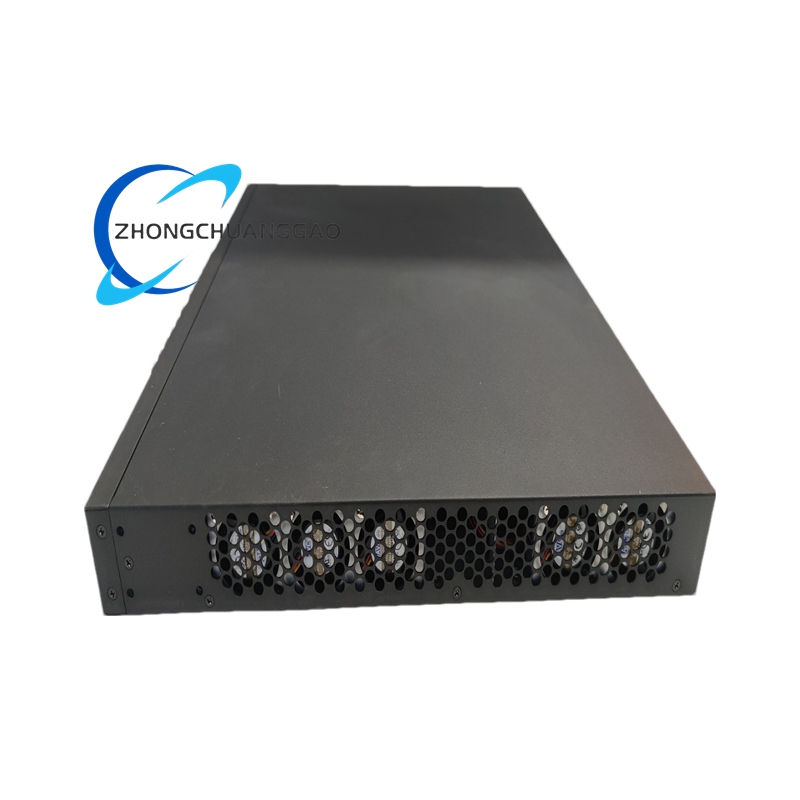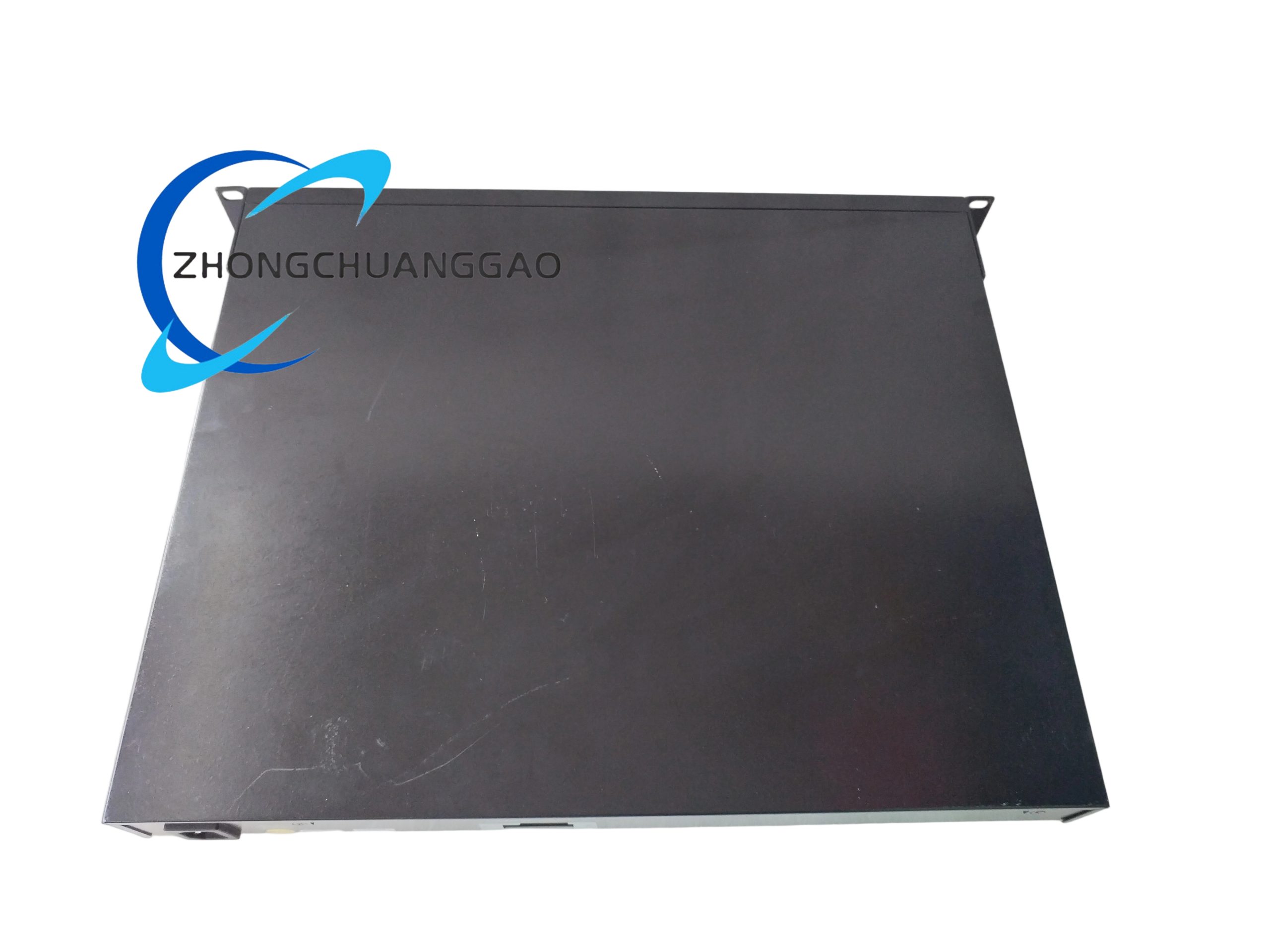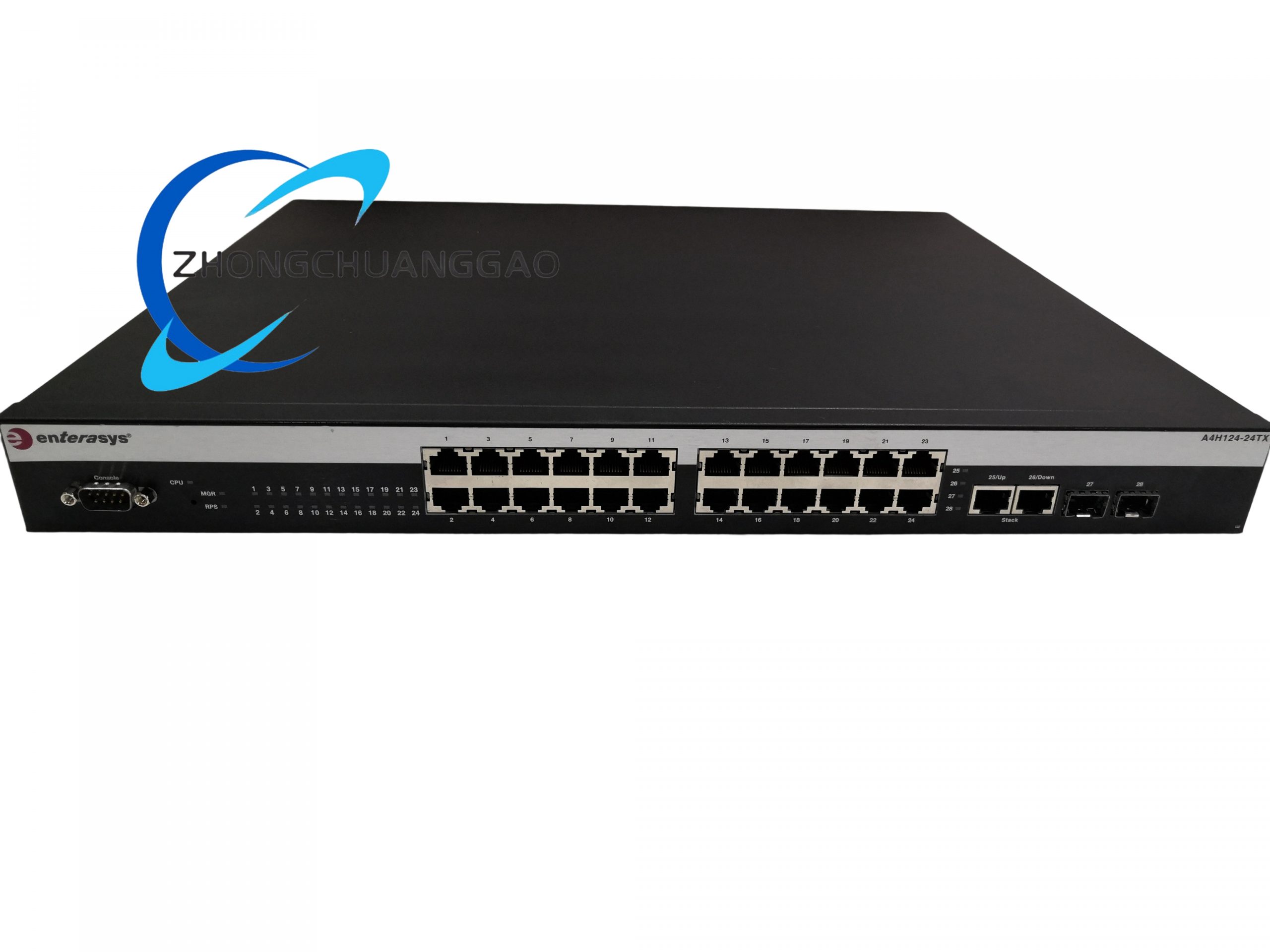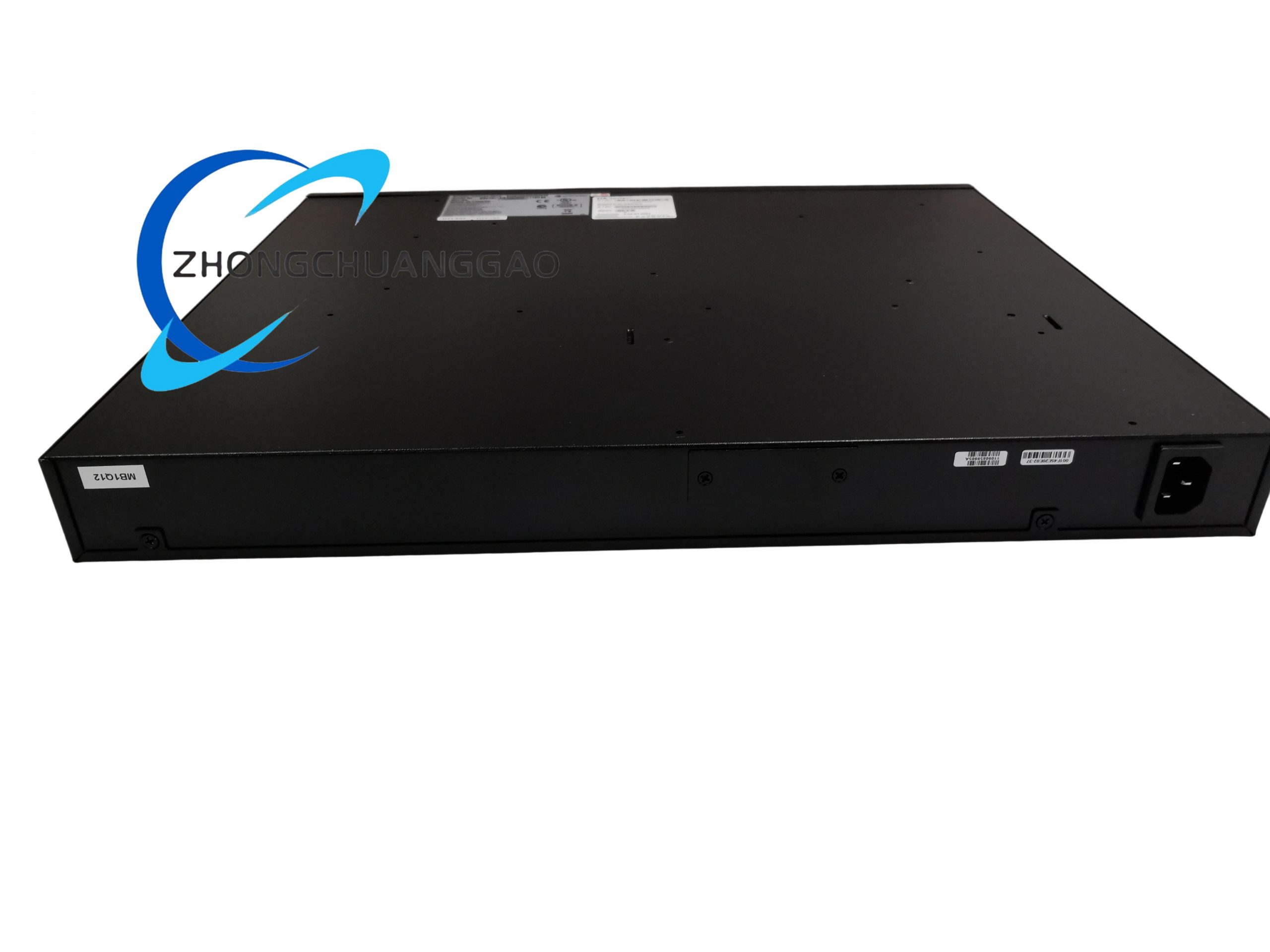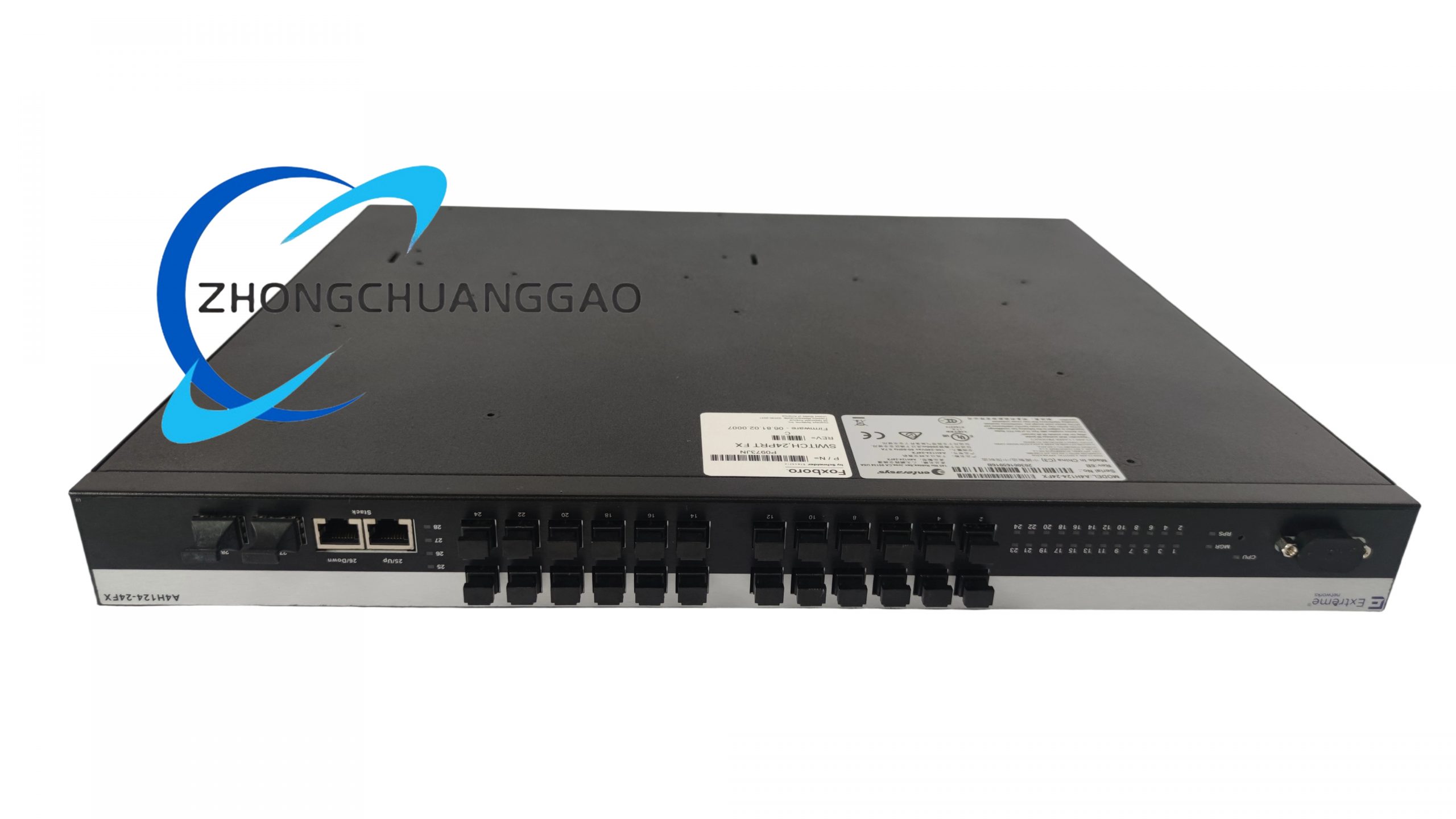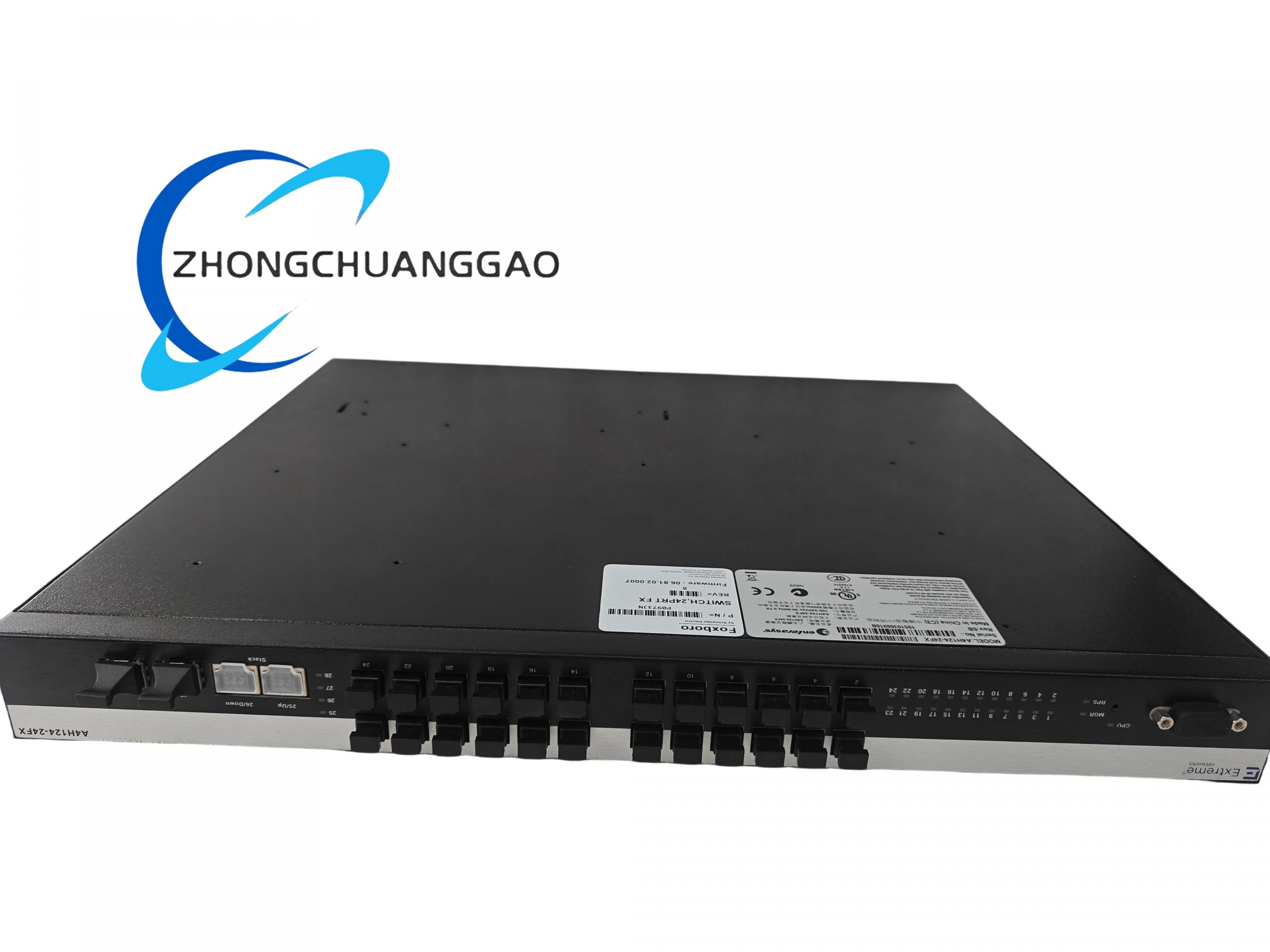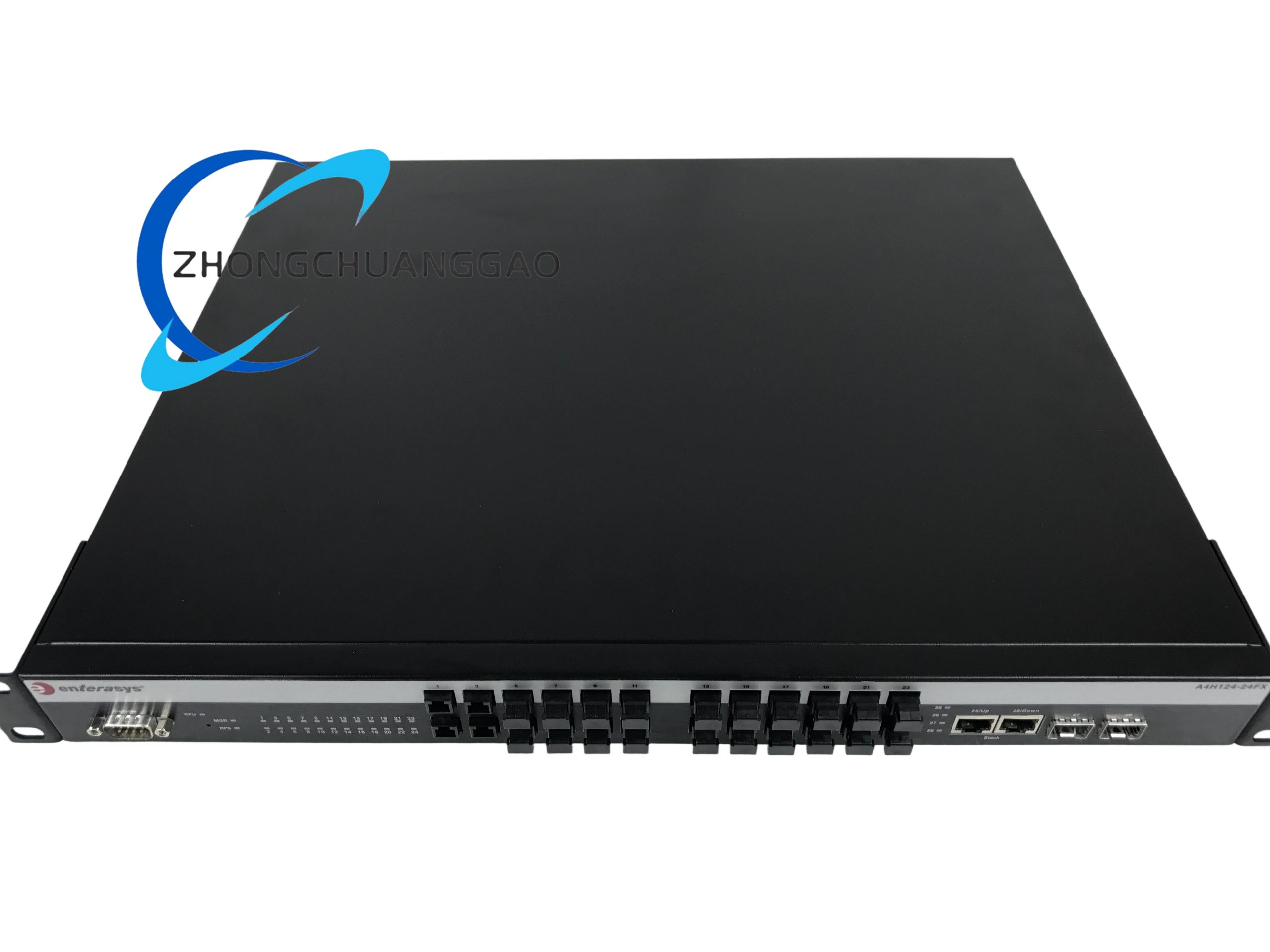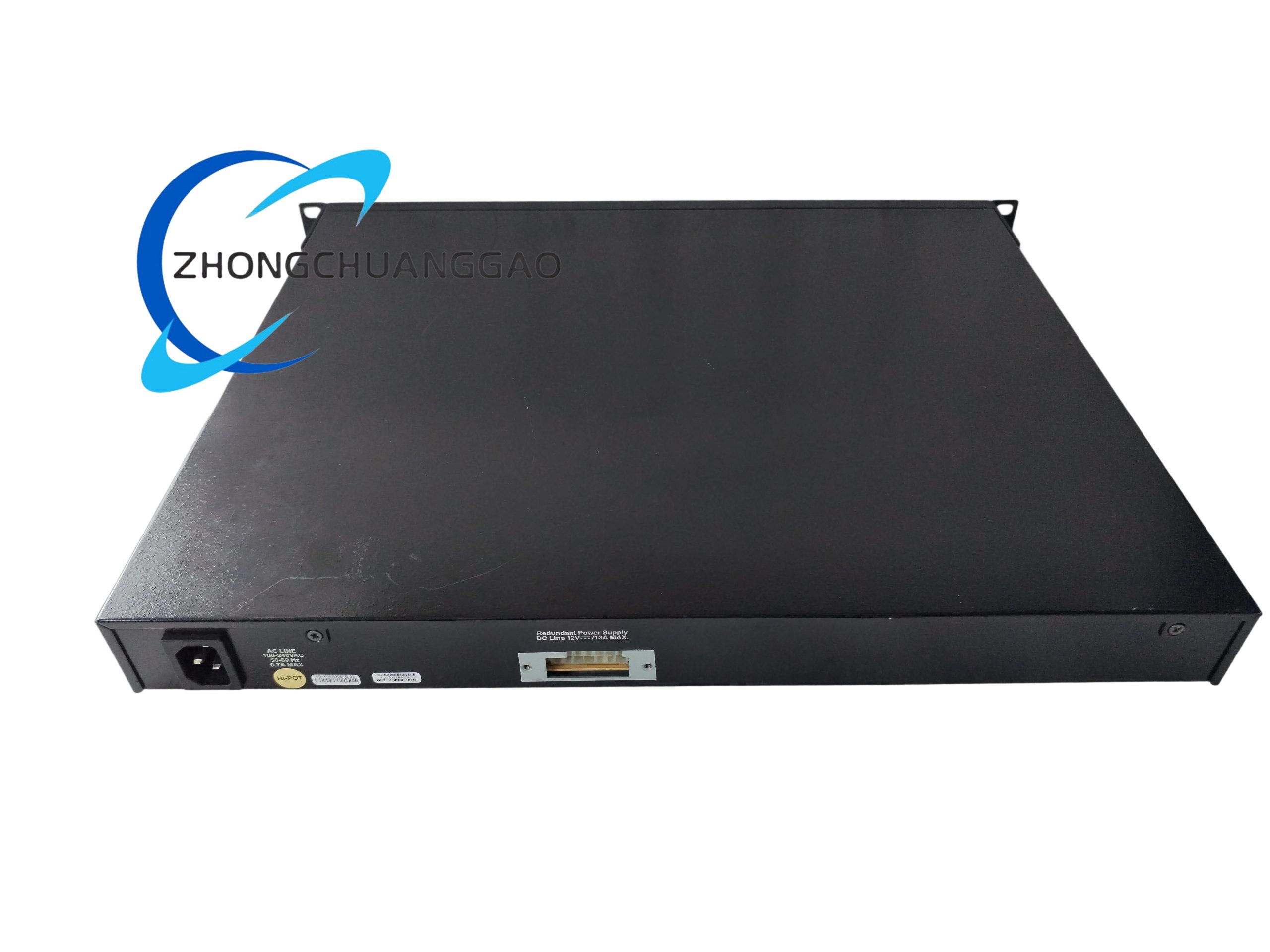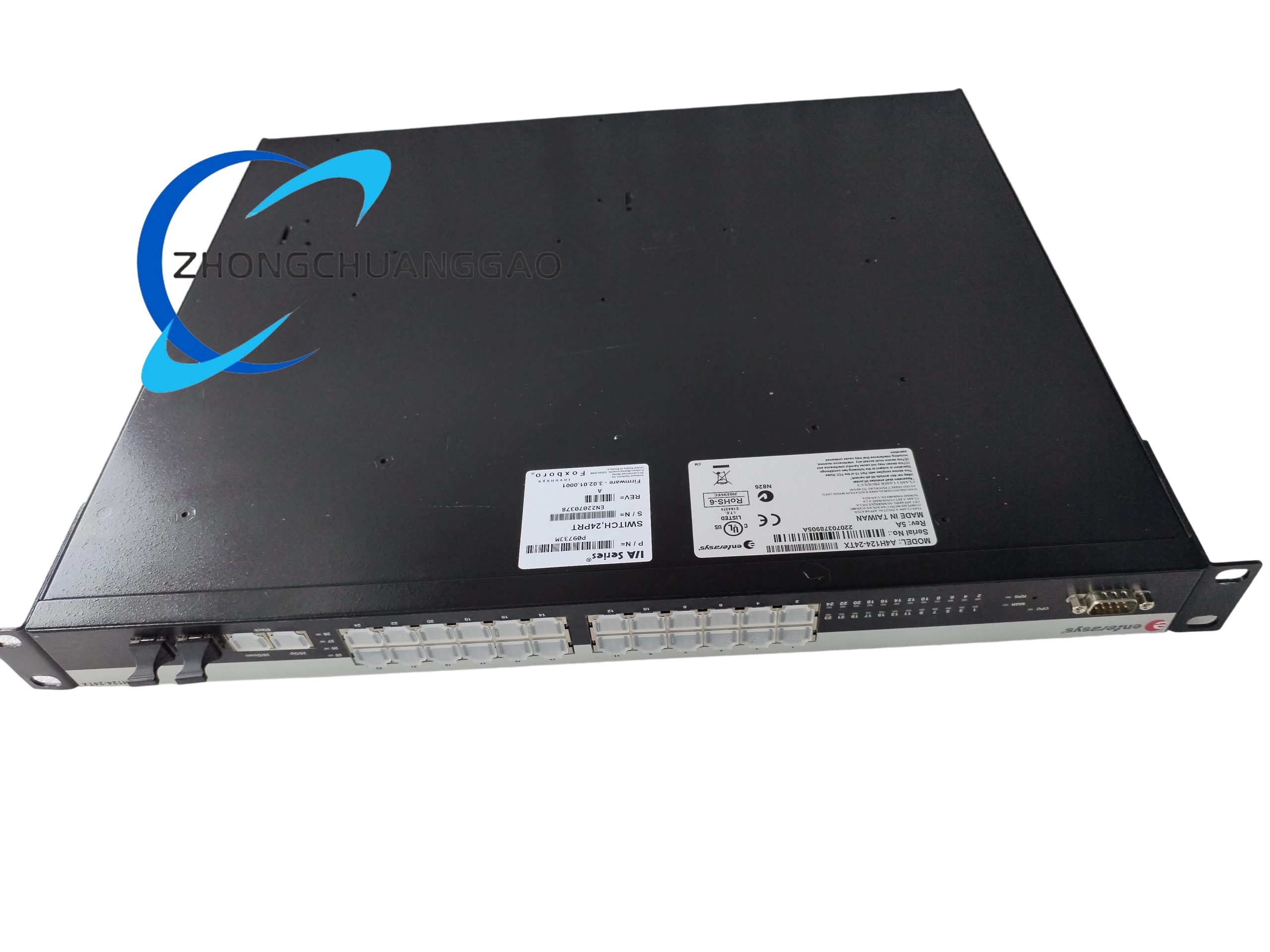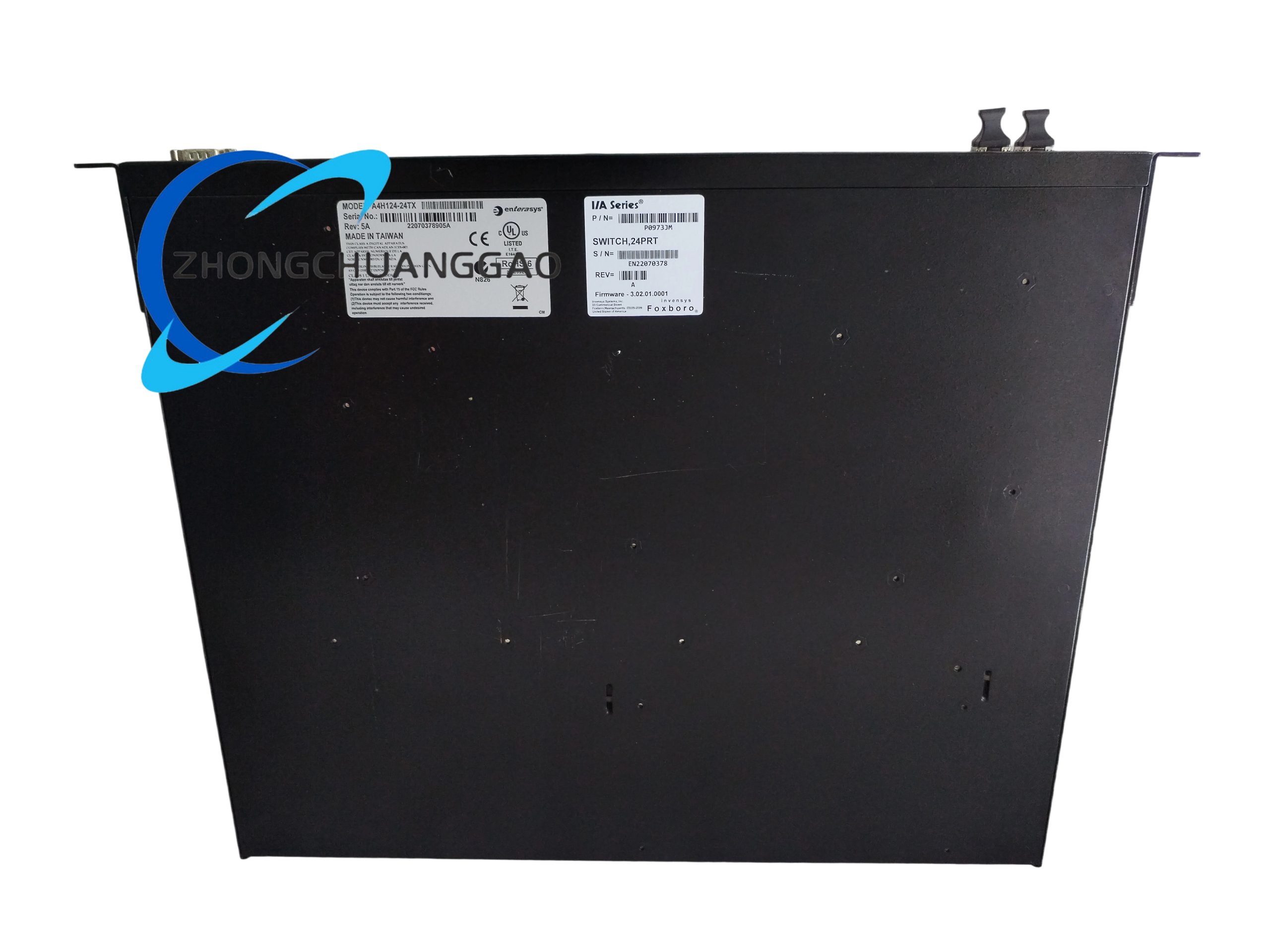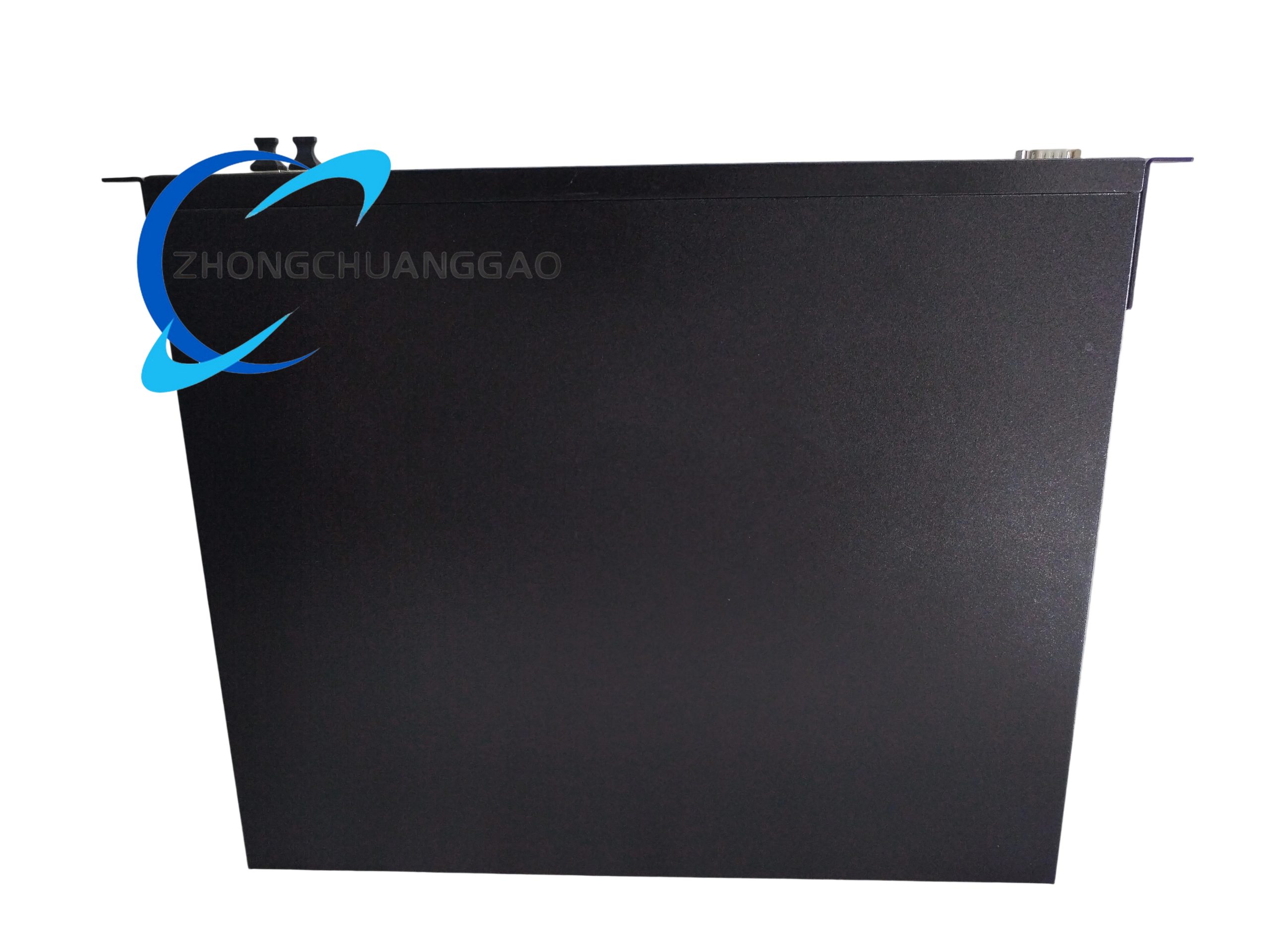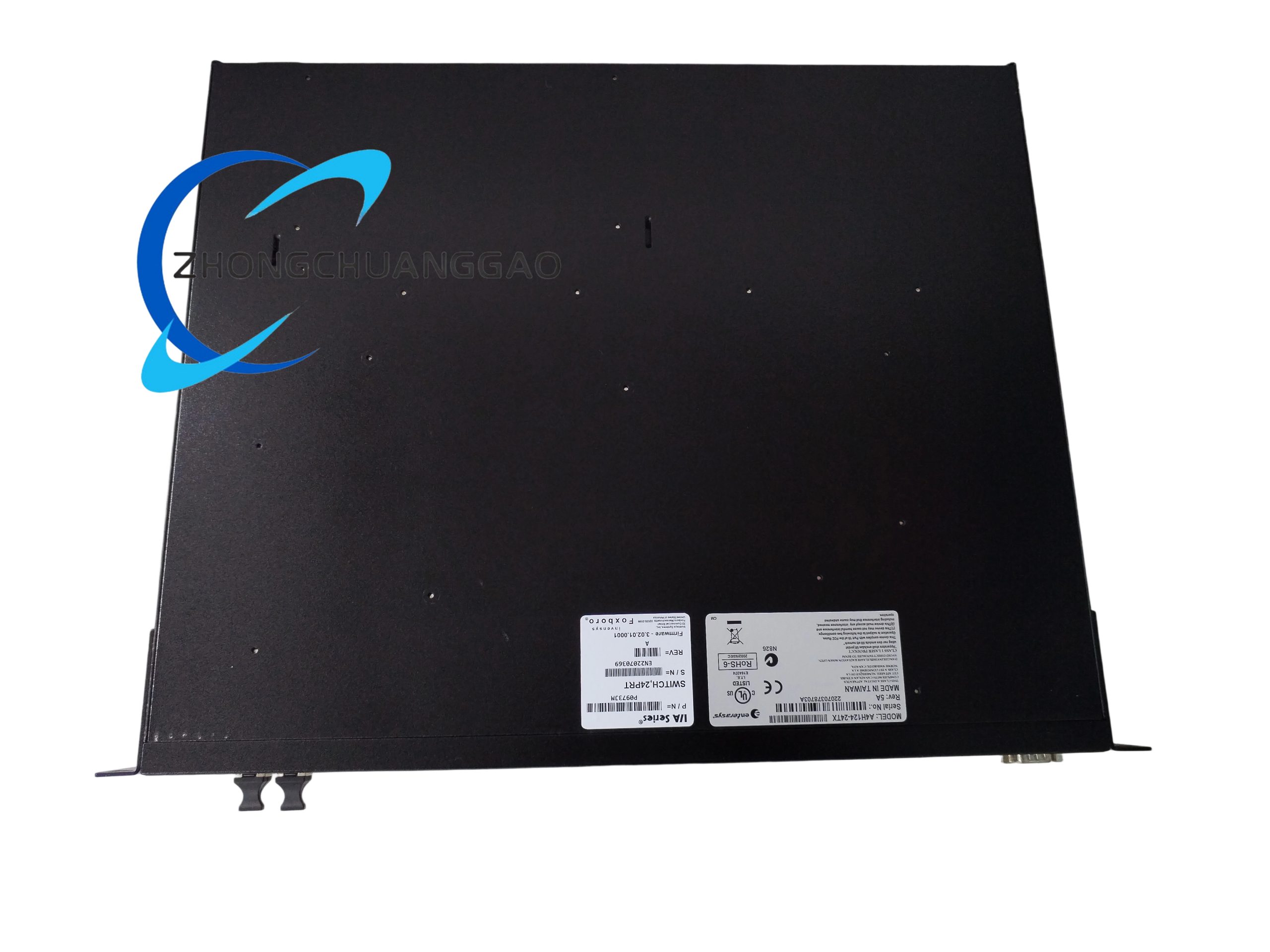Digital guide
You are here:
- Home
- Extreme Networks
- Extreme Networks A4H124-24FX P0973JN
Extreme Networks A4H124-24FX P0973JN
Technical Specifications
- Ports: It is equipped with 24 100Base – FX MTRJ fiber – optic ports, 2 mini – GBIC ports, 2 10/100/1000 stacking/uplink RJ45 ports, 1 DB9 console port, and 1 RPS port.
- Switching Capacity: The switching capacity can reach 17.6 Gbps, and the packet – forwarding rate is up to 104.8 Mpps.
- MAC Address Table: Supports 16,000 MAC addresses, which can meet the needs of medium – to – large – scale enterprise networks with a large number of terminal devices.
- VLAN Support: Can support a large number of VLANs, which is helpful for network segmentation and management to improve network security and performance.
- Jumbo Frame Support: Supports jumbo frames, which is beneficial for transmitting large – size data packets and improving the efficiency of data transmission.
Detailed content
- Power Supply: Usually powered by an internal power supply, and an optional external power supply can be used for power redundancy to ensure stable operation.
- Dimensions and Weight: The specific dimensions and weight are not publicly announced in a large number of common materials, but it is generally a 1RU – sized device, which is suitable for rack – mounting, and the weight is moderate, which is convenient for installation and deployment.
- Compliant Standards: Complies with relevant IEEE standards, such as IEEE 802.3u, IEEE 802.3i, etc., to ensure good compatibility and interoperability with other network devices.
Function Features
- High – reliability Design: The design incorporates redundancy and failure – protection mechanisms, with automatic fail – over and recovery capabilities. The built – in power supply is the main power source, and an optional external power supply can be used for power redundancy to ensure the stable operation of the network.
- Stacking Function: It has a strong stacking capability. Up to 8 A4 switches can be stacked together to form a virtual switch, with a total capacity of 140.8 Gbps, and can be managed through a single IP address, and provides redundant management connections.
- Quality of Service (QoS): It has powerful QoS functions, which can provide multi – layer packet classification and priority queuing. It can well support integrated multimedia networks, including VoIP and IP video, as well as all types of data – intensive applications, ensuring that key applications can get priority access to network resources.
- Fan – less Design: The 24 – port model has a very quiet fan – less design, which is suitable for use in office environments such as classrooms and conference rooms without generating additional noise.
- Remote Management: Supports a variety of remote management protocols, such as SNMP, Telnet, HTTP, etc., which is convenient for network administrators to manage and configure the switch remotely, and can realize functions such as remote monitoring and parameter adjustment.
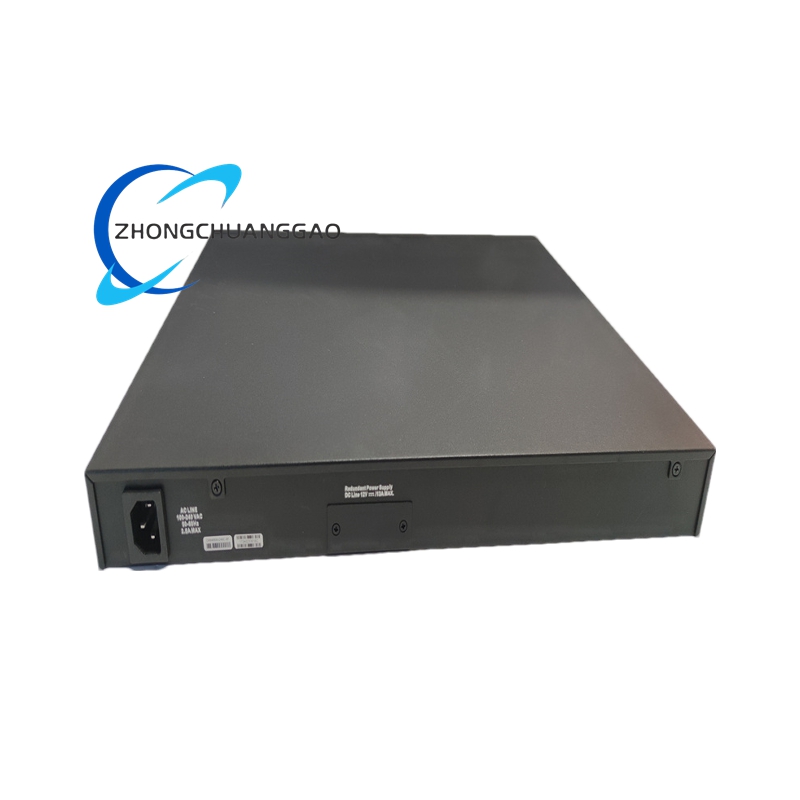
Application Scenarios
- Enterprise Networks: It is very suitable for enterprise – level internal network construction, which can realize inter – departmental interconnection. It can support thousands of terminal devices and meet the network needs of medium – to – large – scale enterprises, providing a stable and reliable network environment for enterprise office, production and other businesses.
- Educational Institutions: Due to its fan – less quiet design, it is very suitable for classrooms, conference rooms and other occasions in educational institutions, which can provide a stable network support for teaching, scientific research and office, and is conducive to the smooth development of teaching activities such as multimedia teaching and online learning.
- Medical Institutions: It can be used in the construction of medical network systems, providing reliable network support for hospital information systems, such as HIS, PACS, etc., ensuring the safe and stable transmission of medical data and the normal operation of medical equipment.
- Small – and Medium – sized Data Centers: Can be used as an edge – layer switch in small – and medium – sized data centers, responsible for the access and aggregation of server – side and terminal – side data, and cooperate with core switches to ensure the efficient operation of the data center network.

